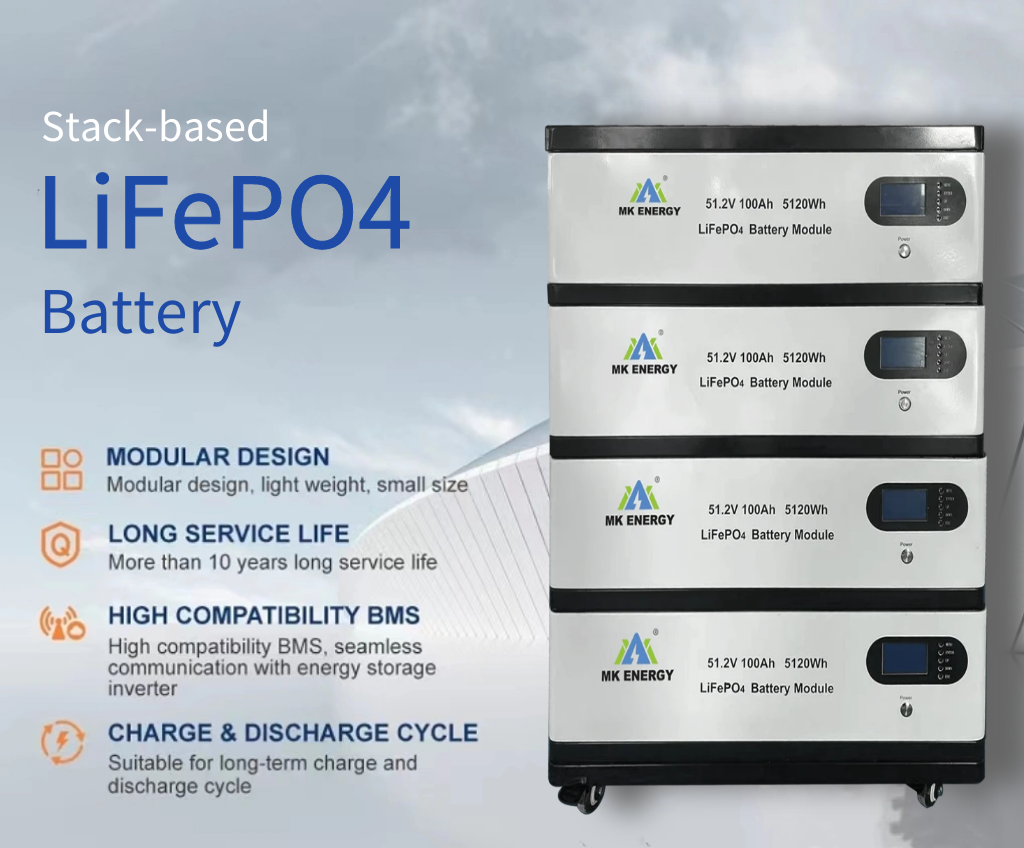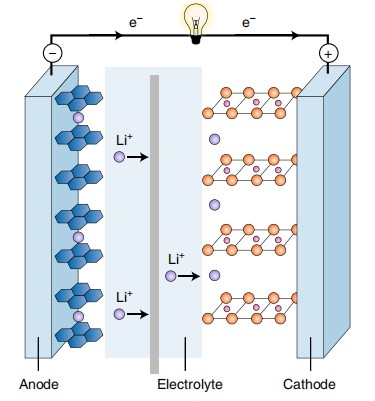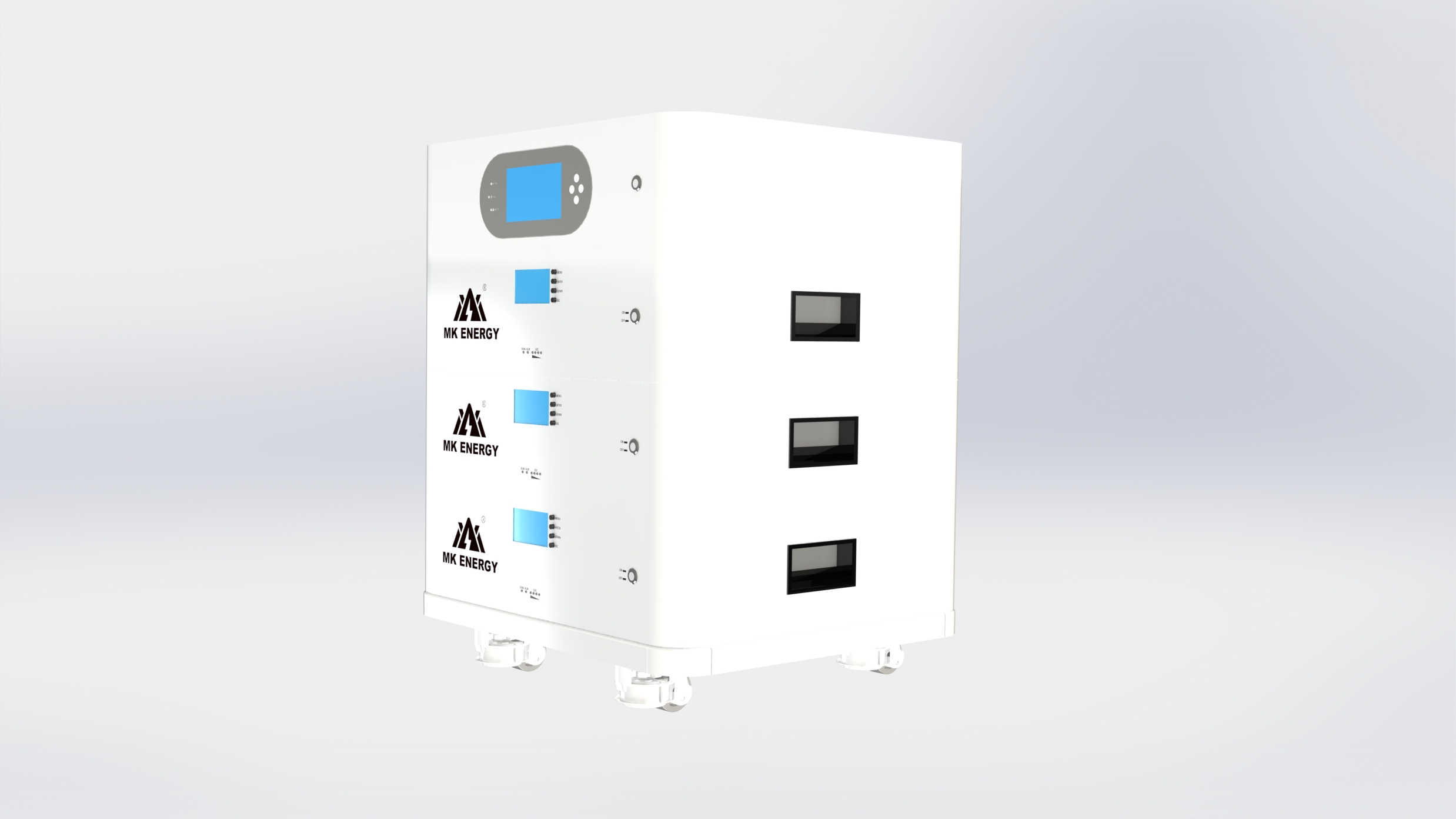In today’s rapidly evolving technological landscape, the quest for efficient and sustainable energy storage solutions has never been more critical. Among the myriad of innovations emerging in this field, stacked lithium iron phosphate (LiFePO4) batteries have emerged as a promising contender, offering a compelling combination of performance, reliability, and environmental sustainability.
In this essay, we will embark on a comprehensive exploration of Stack-based LiFePO4 Battery, delving into their inner workings, elucidating their significance in the realm of energy storage, and examining the factors contributing to their growing relevance.
At the heart of the stacked lithium iron phosphate battery lies its unique design and composition. Unlike traditional single-cell batteries, stacked lithium iron phosphate batteries consist of multiple individual cells vertically arranged and interconnected within a single housing. This stacked configuration allows for increased energy density and power output, enabling these batteries to pack a considerable amount of energy into a relatively compact form factor.

Moreover, the use of lithium iron phosphate as the cathode material offers several distinct advantages, including high energy efficiency, excellent thermal stability, and enhanced safety, making stacked LiFePO4 batteries well-suited for a diverse range of applications, from electric vehicles to renewable energy systems.
To understand how stacked lithium iron phosphate batteries operate, it is essential to examine the electrochemical processes occurring within each cell. During charging, lithium ions migrate from the cathode (lithium iron phosphate) to the anode (typically graphite or other carbon-based materials), where they are stored as lithium intercalates. Conversely, during discharge, the lithium ions travel back to the cathode, releasing energy in the form of electrical current. The stacked configuration allows for efficient utilization of space and facilitates thermal management, ensuring uniform temperature distribution and prolonging the lifespan of the battery.

The significance of stacked lithium iron phosphate batteries extends far beyond their technical specifications. These batteries play a pivotal role in advancing the transition towards a more sustainable and decarbonized energy future.
By enabling the storage of renewable energy generated from sources such as solar and wind power, stacked LiFePO4 batteries help mitigate the intermittency and variability inherent in these sources, thereby enhancing grid stability and reliability. Moreover, their long cycle life and minimal environmental impact make them an attractive option for environmentally conscious consumers and policymakers seeking to reduce greenhouse gas emissions and combat climate change.
In conclusion, stacked lithium iron phosphate batteries represent a paradigm shift in energy storage technology, offering a potent combination of efficiency, reliability, and sustainability. Through their innovative design and superior performance characteristics, these batteries are poised to play a pivotal role in addressing the complex challenges of our energy landscape. To learn more about the industry and MK’s battery products, please keep an eye on the website for updates or follow our social media accounts.

